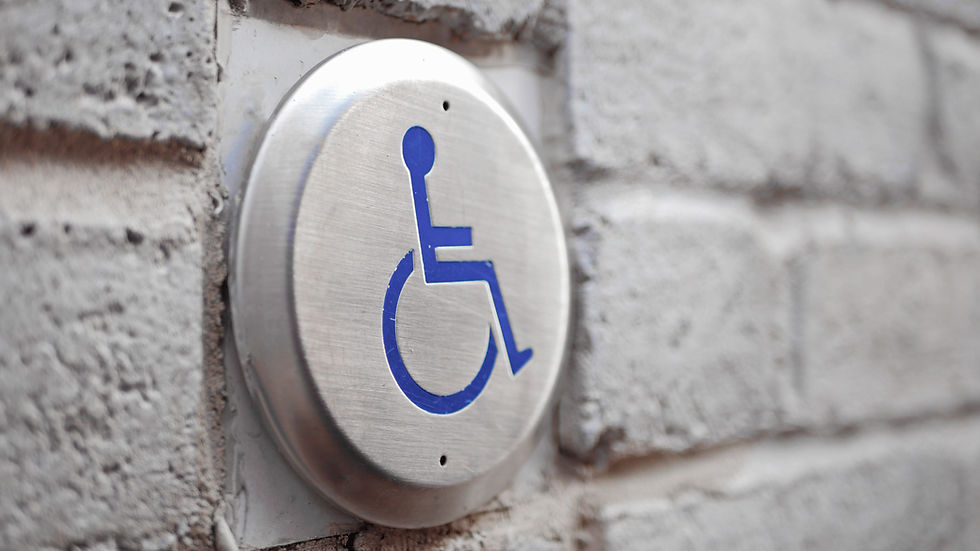The Dignity of the Flag
- The Standard

- Jun 30, 2023
- 3 min read
Government of Canada
The National Flag of Canada should be displayed only in a manner appropriate for this important national symbol. It should not be subjected to dishonour or displayed in a position inferior to any other flag or ensign.

The National Flag always takes priority over all other national flags, when flown on Canadian soil. The only flags to which precedence is given over the National Flag are the Queen's Personal Canadian Flag, the Governor General's Flag, the Flags of the Lieutenant Governors (within their province) and the Personal Canadian Flags of the other members of the Royal Family, as we are still part of the British Commonwealth.
The National Flag of Canada should always be flown on its own mast or flag pole; flag protocol states it is improper to fly two or more flags on the same mast or flag pole (for example, one beneath the other).
When the National Flag of Canada is raised, lowered or carried in a parade or review, everyone present should face the Flag, remain silent, and remove their hats. Those in uniform should salute.
The National Flag of Canada, whether it be cloth, paper or made of some other fabric or material, should never:
Be used as a tablecloth or seat cover; Be used as a masking for boxes, covering a speaker's podium, draping a platform, as a barrier on a stage or platform, or in general for any decoration; Be used to cover a statue, monument or plaque for an unveiling ceremony; Have anything pinned to or sewn onto it; Be signed or marked in any way (A border could be attached to its outside edge, which can be marked while leaving the Flag itself untouched.); Be used as wearing apparel; Be flown in a discoloured or tattered condition; Be burned in effigy; Touch the ground; Be stepped on; Be flown upside down (except as a signal of distress in instances of extreme danger to life); or Be dipped or lowered to the ground as a means of paying a salute or compliment to any person or thing.
Displaying the Flag
The National Flag is flown at all federal government buildings, airports, and military bases and establishments within and outside Canada. It may be flown by night as well as by day.
The National Flag of Canada may be displayed as follows:
Flat against a surface, horizontally and vertically; If hung horizontally, the upper part of the leaf (the points of the leaf) should be up and the stem down. If hung vertically, the Flag should be placed so the upper part of the leaf points to the left and the stem to the right from the point of view of the observer facing the Flag. Flags hung vertically should be hung so the canton is in the upper left corner.
On a flagpole or mast
The top left (first) quarter or canton should be placed in the position nearest the top of the flagpole or mast. When carried, the Flag should always be respected.
On a flag rope (halyard)
The canton should be raised as closely as possible to the top with the flag rope tight.
Suspended vertically in the middle of a street
The upper part of the leaf (the points of the leaf) should face north in an east-west street. The upper part of the leaf should face east in a north-south street.
Projected from a building
Displayed horizontally or at an angle from a window or balcony, the canton must point outward.
Sharing the same base – three flags
When only three flags are displayed, the National Flag of Canada should be at the centre. To an observer facing the display, the second-ranking Flag is placed to the left of the centre and the third-ranking to the right.
A common combination of flags is the National Flag of Canada with a provincial or territorial flag and a municipal flag or an organization's banner. In this case, the National Flag should be in the centre with the provincial/territorial Flag to the left and the municipal flag/organization's banner to the right (to an observer facing the display).
When used to cover a casket at funerals
The canton should be draped over the upper left corner of the casket. The Flag should be removed before the casket is lowered into the grave, or, at a crematorium, after the service. The flag size for a standard adult-sized casket should be 4 1/2 X 9 feet or 1.40 X 2.80 metres.







google seo…
03topgame 03topgame;
gamesimes gamesimes;
Fortune Tiger…
Fortune Tiger…
Fortune Tiger…
EPS Machine…
EPS Machine…
seo seo;
betwin betwin;
777 777;
slots slots;
Fortune Tiger…
seo优化 SEO优化;
bet bet;
무료카지노 무료카지노;
무료카지노 무료카지노;
google 优化 seo技术+jingcheng-seo.com+秒收录;
Fortune Tiger Fortune Tiger;
Fortune Tiger Fortune Tiger;
Fortune Tiger Slots Fortune…
站群/ 站群
gamesimes gamesimes;
03topgame 03topgame
EPS Machine EPS Cutting…
EPS Machine EPS and…
EPP Machine EPP Shape…
Fortune Tiger Fortune Tiger;
EPS Machine EPS and…
betwin betwin;
777 777;
slots slots;
Fortune Tiger Fortune Tiger;
google 优化 seo技术+jingcheng-seo.com+秒收录;
谷歌seo优化 谷歌SEO优化+外链发布+权重提升;
Fortune Tiger Fortune Tiger;
Fortune Tiger Fortune Tiger;
Fortune Tiger Fortune Tiger;
Fortune Tiger Slots Fortune…
gamesimes gamesimes;
站群/ 站群
03topgame 03topgame
betwin betwin;
777 777;
slots slots;
Fortune Tiger Fortune Tiger;
google seo google seo技术飞机TG-cheng716051;
03topgame 03topgame
Jogos JOGOS
Fortune Tiger Fortune Tiger;
Fortune Tiger Slots Fortune Tiger…
Fortune Tiger Fortune Tiger;
EPS машины EPS машины;
Fortune Tiger Fortune Tiger;
EPS Machine EPS Cutting Machine;
EPS Machine EPS and EPP…
EPP Machine EPP Shape Moulding…
EPS Machine EPS and EPP…
EPTU Machine ETPU Moulding Machine
EPS Machine EPS Cutting Machine;
谷歌seo优化 谷歌SEO优化;
Fortune Tiger Slots Fortune…
Fortune Tiger Fortune Tiger;
Fortune Tiger Fortune Tiger;
Fortune Tiger Fortune Tiger;
Fortune Tiger Fortune Tiger;
Fortune Tiger Fortune Tiger;
Fortune Tiger Fortune Tiger;
EPS машины EPS машины;
EPS машины EPS машины;